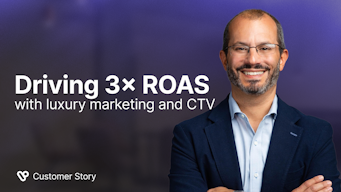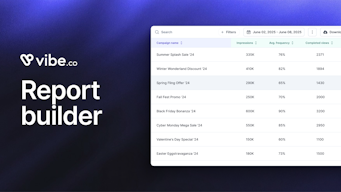11 Best Programmatic Advertising Examples of All Time
Finding the right approach to programmatic advertising can be overwhelming, especially with so many strategies and platforms available.
But you’re here because you want to cut through the noise and discover the examples of what actually works in programmatic advertising so that you can drive your campaigns to the next level.
We get it—keeping up with case studies, metrics, and best practices isn’t easy, especially when you're trying to balance budget, creativity, and performance.
Maybe you’ve already tried programmatic ads but haven’t seen the results you hoped for, or maybe you’re just starting to explore this powerful approach.
Either way, you’re in the right place.
You might be asking yourself, “Which programmatic advertising examples should I follow to make my campaigns stand out?”
Here's what you'll uncover in this article:
- 🧐 Why Programmatic Advertising Matters: We’ll dive into why it’s such a powerful tool for reaching the right audience, at the right time, with the right message.
- 🔍 Top 10 Programmatic Advertising Examples of All Time: Discover ten standout campaigns that have set the standard in the industry.
- 📝 Key Takeaways: Learn what made these campaigns successful and how you can apply similar strategies to your own ads.
By the end of this article, you’ll have a fresh perspective on 10 impactful programmatic advertising examples and the know-how to leverage them for your next campaign.
So stick around, and let’s jump into the best of programmatic advertising! 🚀
11 Best Programmatic Advertising Examples (Quick Look)
| Company | Campaign Focus | Key Results |
|---|---|---|
| Hoodsly | Programmatic CTV Ads for brand awareness | 409% ROAS, 130,000 new households |
| Increased brand awareness with programmatic ads | 50% increase in brand awareness | |
| The Economist | Data-driven ads for tailored targeting | 650,000 new prospects, 10:1 ROI |
| Kellogg’s | Programmatic ads linking online and offline sales | 70% increase in viewability |
| Amanda Foundation | Targeted ads for pet adoptions | Increased pet adoptions |
| AirAsia | Segmented audience targeting | 30X ROAS, increased ad recall |
| Missing People | Location-based targeting for awareness | 20% increase in response rates |
| IHG | Transparent pricing ads | Increased direct bookings |
| Turner Sports | Real-time video ads for NBA season | 7% increase in brand awareness |
| Topman | Tailored fashion ads for different styles | Boosted sales and engagement |
| Unilever (Axe) | Behavior-based targeting for Axe campaign | Increased engagement and sales |
This table provides a quick overview of the key programmatic advertising examples, but for a deeper understanding of the strategies, results, and insights, we encourage you to read the detailed sections for each case.
What is Programmatic Advertising?
Programmatic Advertising is an automated way to buy and sell digital ads using software that selects and places ads in real-time. It allows advertisers to reach specific audiences across websites, apps, and even Connected TV (CTV) platforms, which stream content directly to users’ TVs.
For example, Abuelo’s, a Mexican restaurant chain, leveraged CTV advertising with Vibe.co to drive foot traffic to their restaurants. By targeting specific locations and demographics, they showed their ads on streaming platforms to audiences likely to visit their local branches.
Vibe's platform allowed Abuelo's to track campaign performance in real-time, refine targeting, and lower costs by 80% per session compared to traditional TV advertising.
Benefits of Programmatic Advertising
Programmatic advertising provides many key advantages, helping advertisers make data-driven decisions while maximizing ad revenue.
- Clarity: It gives full visibility into your campaigns, showing where ads appear, who views them, and the ROI, ensuring better ad spend.
- Track Real-Time Metrics: You can track key metrics like clicks, impressions, and conversions in real-time, allowing you to adjust campaigns for better performance.
- Less Manual Effort: Automation reduces manual effort and errors, making the ad-buying process more efficient.
- Accurate Audience Targeting: Advanced data helps you target your ideal audience, providing your ads reach potential audiences on the right platforms and devices.
How Does Programmatic Advertising Work?
Programmatic advertising uses real-time data and AI-powered algorithms to automate the ad-buying process.
Here’s a simplified breakdown of how it operates:
- Parameters: An advertiser sets the target audience, budget, and campaign objectives. These parameters include factors like location, age, interests, and devices.
- Real-Time Bidding (RTB): When a user visits a website, a bid request is sent to an ad exchange, where advertisers bid in real-time for that ad impression. This process happens in milliseconds.
- Ad Auction: The highest bidder wins the auction and immediately displays the ad to the user. This confirms that advertisers only pay for impressions served to their desired audience.
- Data and Optimization: Throughout the campaign, machine learning algorithms gather data on ad performance, allowing for continuous optimization. The system analyzes the best ads and makes real-time adjustments to maximize results.
- Ad Display: Once the auction is completed, the winning ad is served to the user on the publisher's site or app.
11 Best Programmatic Advertising Examples You Need To Know!
1. How Hoodsly Achieved 409% ROAS with Vibe.co's Programmatic CTV Ads
In 2023, Hoodsly teamed up with Vibe.co to expand their audience reach and boost brand awareness for their custom wood-range hoods.
Running awareness and retargeting campaigns across premium CTV channels like HGTV, Hoodsly leveraged Vibe’s granular targeting, focusing on high-income households and high-intent shoppers.
By targeting an engaged audience through streaming platforms, they differentiated from competitors like Home Depot and Lowes, sharing their brand story in a visually impactful way.
With Vibe.co’s platform, Hoodsly achieved a 409% return on ad spend (ROAS), reaching over 130,000 new households at an average of $15 per CPM and capturing 662,000 impressions at just $0.02 per view.
This programmatic approach allowed Hoodsly to manage campaigns flexibly, track real-time performance, and continuously optimize results.
Read the Complete Case Study - Here!
Key Takeaway: Use programmatic CTV to reach niche audiences with targeted campaigns, balancing awareness and retargeting to maximize impact and drive measurable ROI.
Boost Your ROAS with Vibe!
2. How Google Increased Brand Awareness by 50% with Programmatic Ads
In 2014, Google leveraged programmatic advertising to promote its Google Search App, using first- and third-party data to hyper-target audiences.
As a result, they saw a 50% increase in brand awareness, reaching 30% more people at 30% lower CPM rates than previous campaigns.
Key takeaway: You can track real-time data to optimize campaigns for better targeting, and don’t hesitate to adopt new technologies early for maximum impact.
3. How “The Economist” Gained 650,000 New Prospects Through Data-Driven Ads
“The Economist” used programmatic advertising to tap into audience data, creating tailored ads based on specific interests like finance and politics. This data-driven approach resulted in 650,000 new prospects and a 10:1 return on investment (ROI).
Key takeaway: You can utilize your audience data to craft personalized ads that resonate with different segments and create lookalike audiences to expand your reach.
4. How Kellogg’s Boosted Offline Sales with a 70% Increase in Ad Viewability
Kellogg’s used programmatic ads to connect online campaigns with offline sales. By focusing on viewability and enhanced targeting, the company achieved a 70% increase in viewability rates and doubled its audience targeting accuracy.
Key takeaway: Even if your sales happen offline, programmatic ads can drive measurable results by improving ad visibility and targeting.
5. How Amanda Foundation Increased Pet Adoptions with Targeted Programmatic Ads
The Amanda Foundation used programmatic advertising to match pets with potential adopters, using tailored ads based on user preferences. Though exact metrics weren’t disclosed, the campaign’s effectiveness made it a widely shared example of successful programmatic targeting.
Key takeaway: Customize your ads to fit audience preferences and behaviors.
6. How AirAsia Achieved 30X ROAS by Targeting Specific Audience Segments
AirAsia implemented a programmatic ad campaign that segmented audiences based on previous travel behavior, targeting loyal customers and infrequent flyers separately. This resulted in a 30X return on ad spend (ROAS) and a significant lift in ad recall.
Key takeaway: Segment your audience and create tailored ad creatives for each group to increase engagement and ROI.
7. How Missing People Increased Response Rates by 20% Using Location Targeting
The charity Missing People used programmatic ads to raise awareness for their Child Rescue Alert system, utilizing location-based targeting. This resulted in a 20% increase in response rates and 44,000 new sign-ups monthly.
Key takeaway: You can prioritize location-based targeting to deliver ads in areas with great impact, driving localized responses and engagement.
8. How IHG Used Transparent Pricing Ads to Compete with Third-Party Booking Sites
IHG, which owns brands like Holiday Inn, used programmatic advertising to show users the cost of booking directly through their website compared to third-party sites. This transparent approach led to significant success, though exact metrics were not disclosed.
Key takeaway: Be transparent in your ad messaging. Instead of making broad claims, showing users precisely what they’ll pay can build trust and increase direct conversions.
9. How Turner Sports Achieved a 7% Increase in Brand Awareness with Real-Time Video Ads
Turner Sports launched a programmatic video campaign for the NBA Season Tip-Off, targeting sports fans with real-time event footage. This campaign drove a 7% increase in brand awareness and a 17% lift in ad recall.
Key takeaway: Employ real-time, dynamic content in your programmatic ads to create engagement and brand recognition, especially during live events.
10. How Topman Boosted Sales by Tailoring Ads to Different Fashion Styles
Topman’s programmatic ad campaign targeted men’s fashion shoppers by displaying different styles of khakis based on user preferences.
It offered a variety of looks in their ads to connect with diverse segments of their audience, driving higher engagement.
Key takeaway: Diversify your ad creatives to appeal to different audience segments. A one-size-fits-all approach may miss critical groups.
11. How Unilever’s Axe Campaign Reached New Heights with Programmatic Ads
For its Axe Body Spray campaign, Unilever used programmatic advertising, targeting specific audience behaviors and preferences. The highly targeted ads drove substantial engagement and sales, though exact figures weren’t shared.
Key takeaway: Behavior-based targeting can immensely improve ad performance. Tailor your ads based on user actions will boost engagement and brand loyalty.
How To Successfully Create Your Programmatic Advertising?
Vibe is a tool designed to help businesses simplify their programmatic advertising efforts.
It enables brands to create tailored ads that resonate with their target market by leveraging audience data and real-time insights, ensuring that every impression adds value.
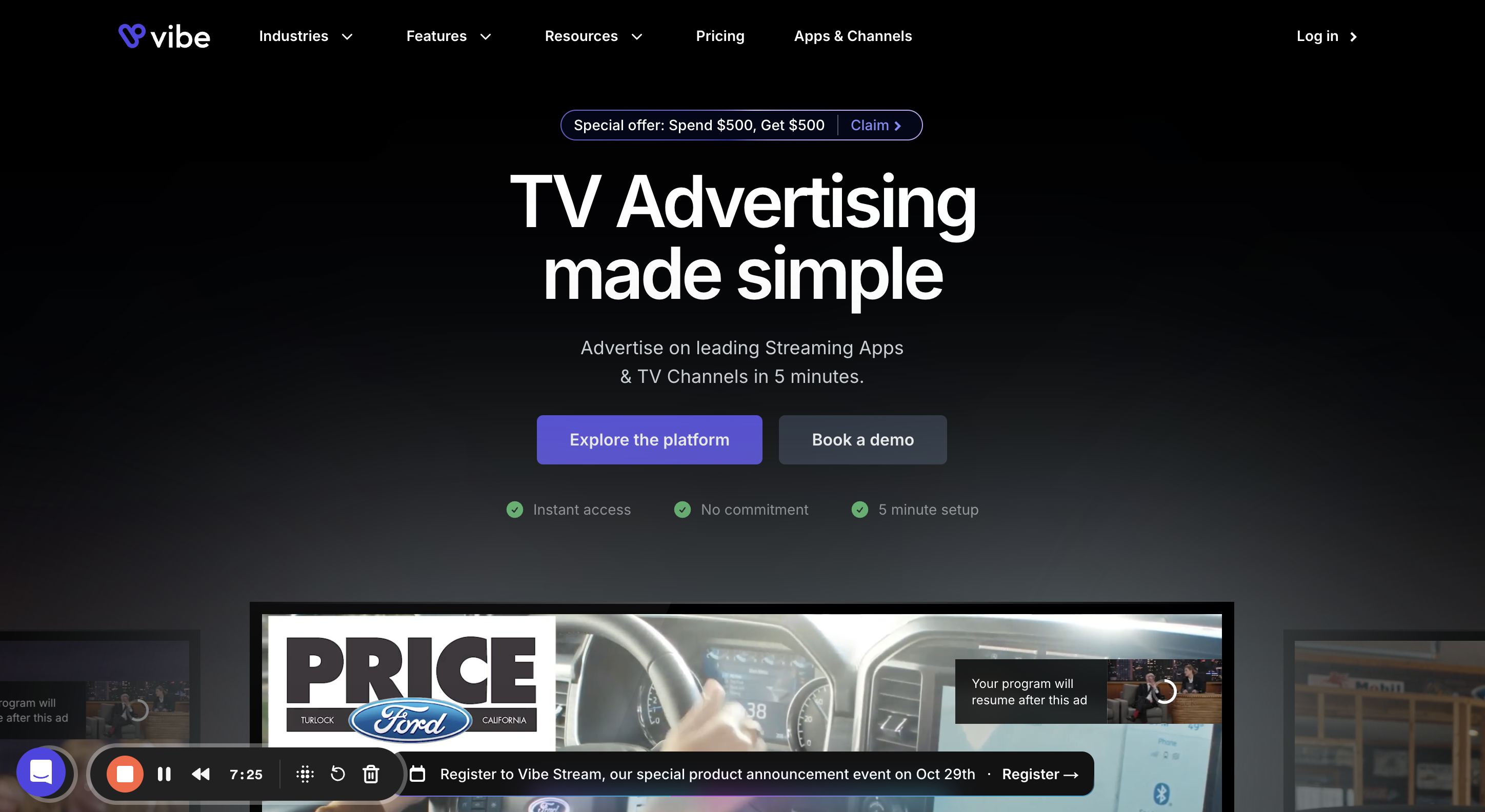
Creating Your Programmatic Advertising Strategy Using Vibe
Crafting an impactful programmatic advertising strategy with Vibe is straightforward. Here’s how you can get the most out of the platform:
Demographic Data:
Vibe allows you to access detailed demographic data—such as age, gender, location, and income—to ensure your ads reach the most relevant audience.
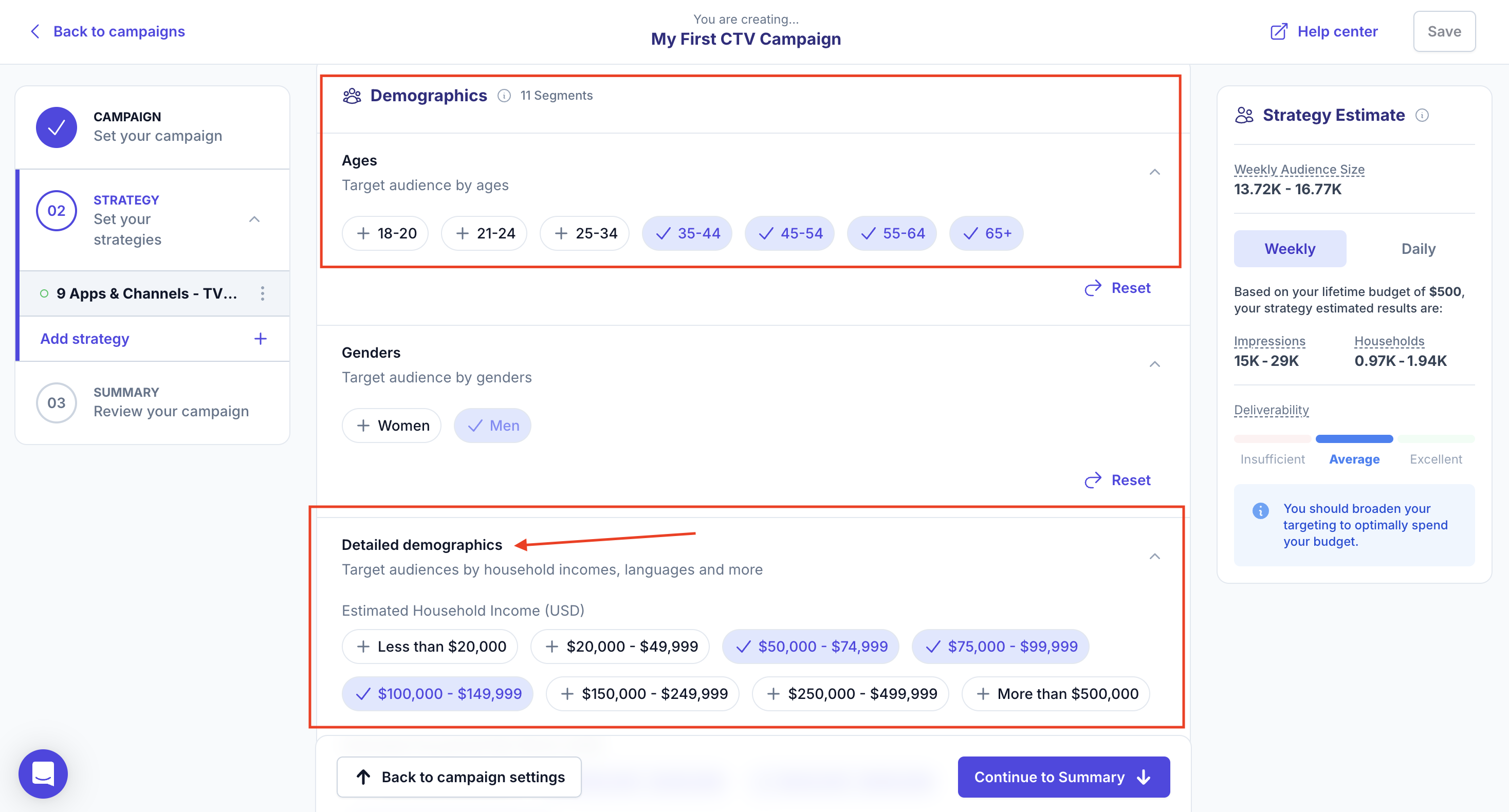
Behavioral Targeting:
Vibe offers advanced behavioral targeting, using data on viewers' habits and interests to deliver ads that align with what matters most to them. This makes your ads more relevant and impactful and drives better results.
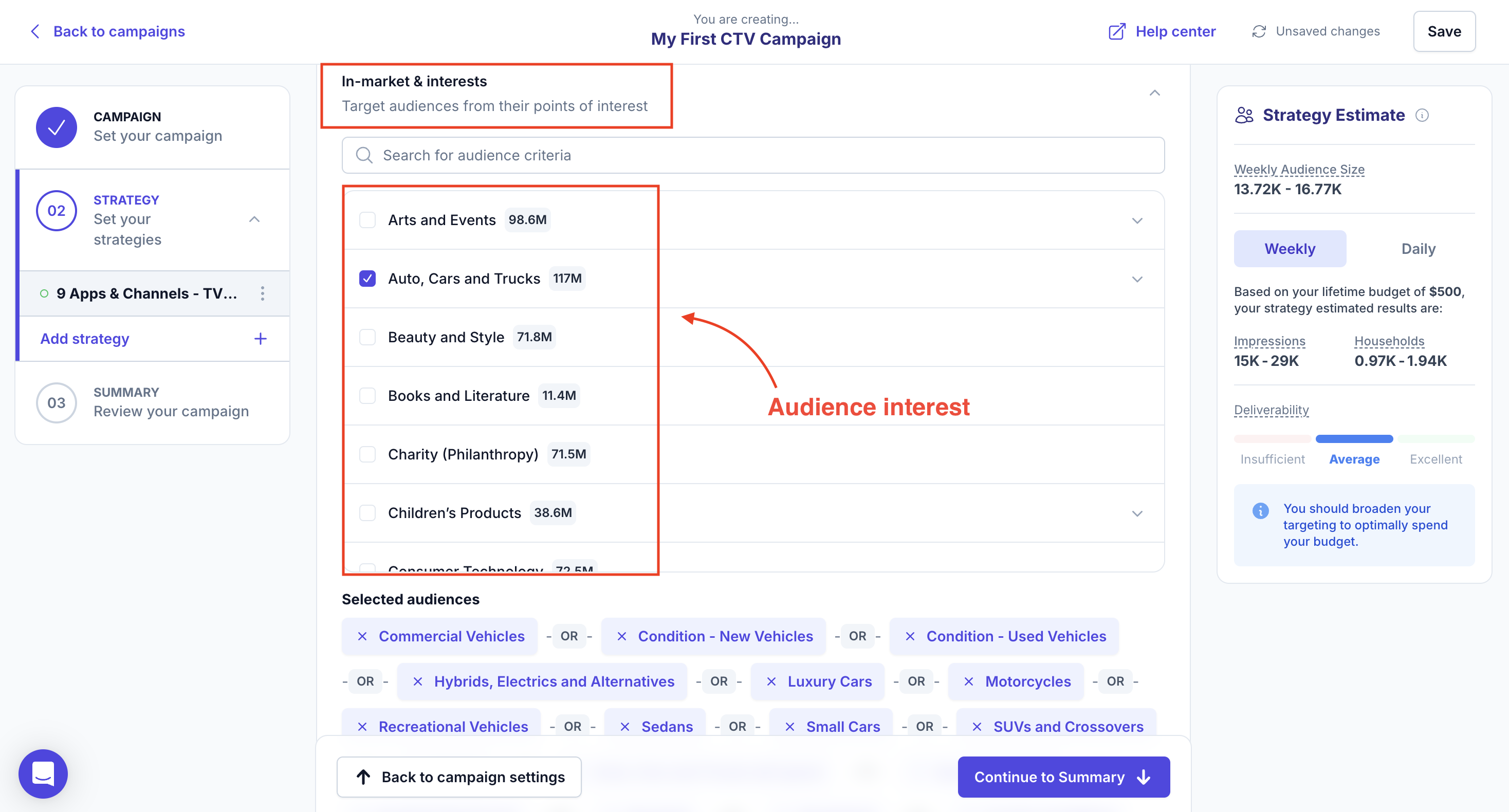
Contextual Targeting:
Vibe can place your ads in environments that match your brand’s message. Whether it’s streaming content that aligns with your target audience's interests or specific digital platforms, contextual targeting ensures your ads feel natural and relevant.

Frequency Capping:
Vibe helps you manage ad frequency by limiting how often an individual sees your ads. This prevents overexposure, ensuring your audience remains engaged without feeling overwhelmed and maintaining a positive brand image.
Why Choose Vibe for Programmatic Advertising?
Vibe stands out as a tool that simplifies the complexities of programmatic advertising. Its powerful targeting features, combined with real-time optimization, allow businesses to create campaigns that not only reach the right people but also adapt quickly to ensure ongoing success.
How Vibe Enhances Programmatic Advertising
Advanced Targeting Capabilities:
Vibe provides deep insights into audience demographics and behaviors, leading to better engagement and higher conversion rates.
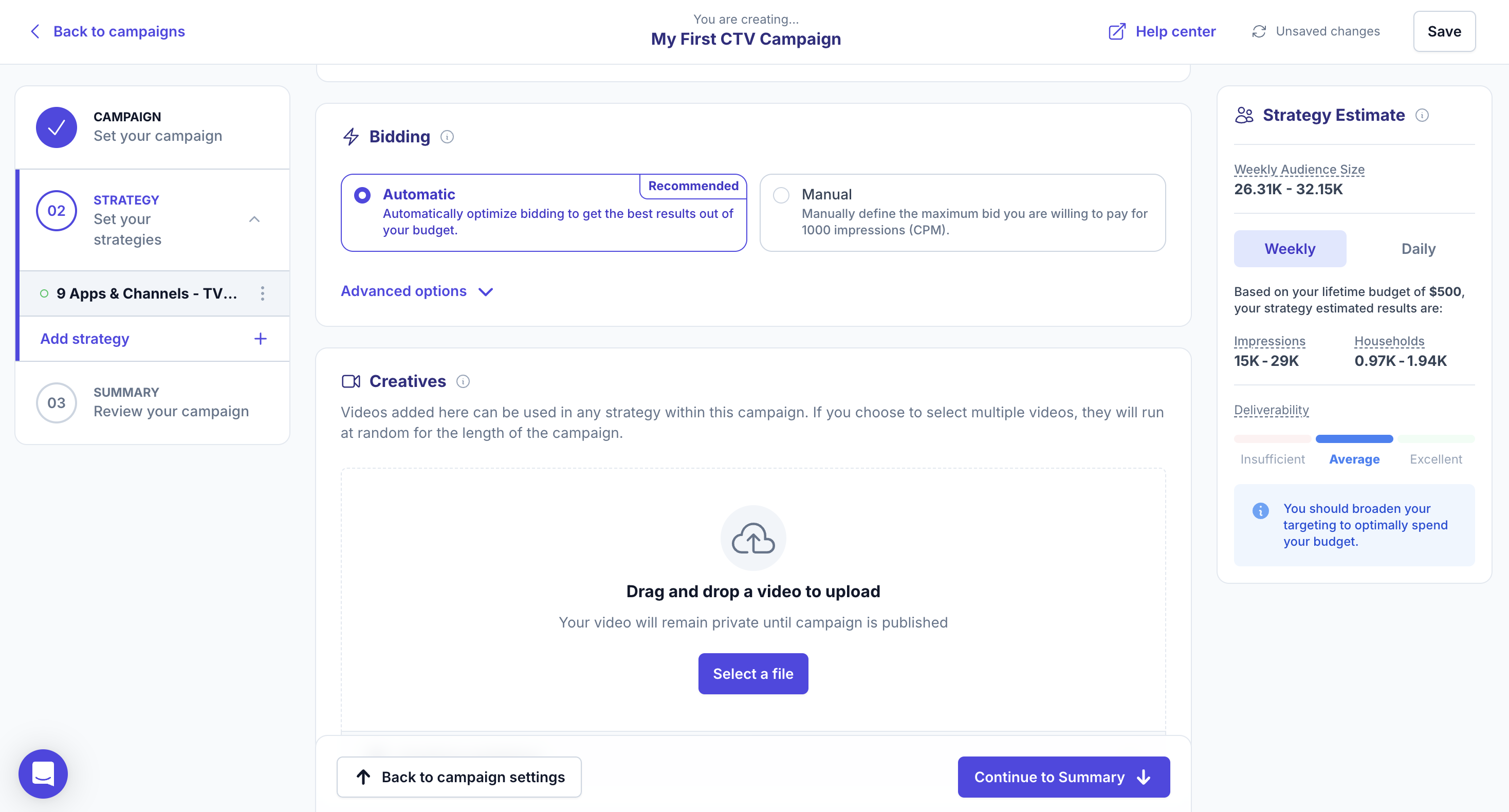
Platform Integration
Vibe allows you to run ads across platforms such as Roku, Samsung TV, and more. This ensures your brand stays visible to your audience, regardless of their preferred platform.
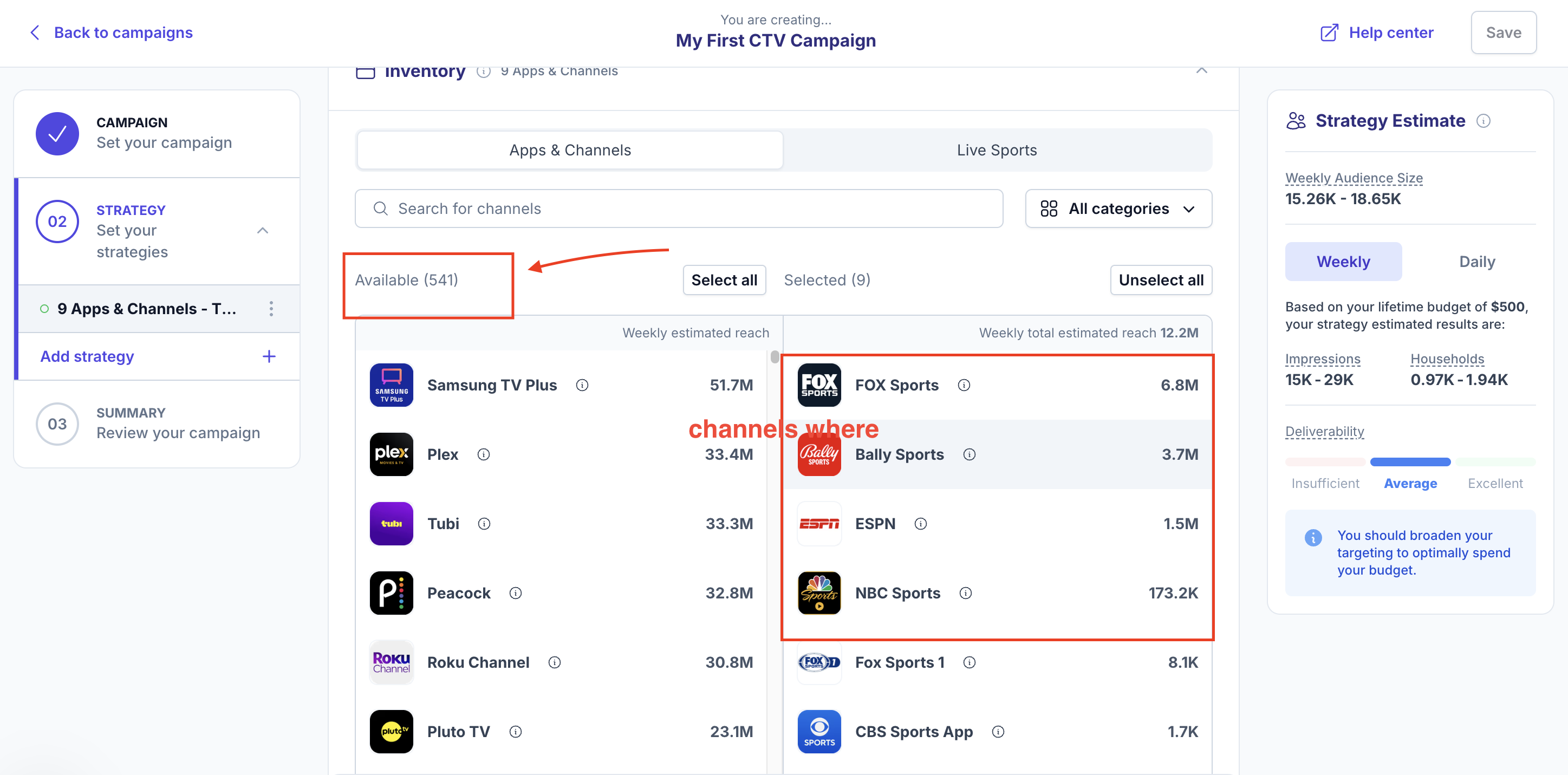
Data-Driven Performance Optimization
You can track the performance of your ads in real-time and make quick adjustments with A/B testing to improve engagement, impressions, and conversions.
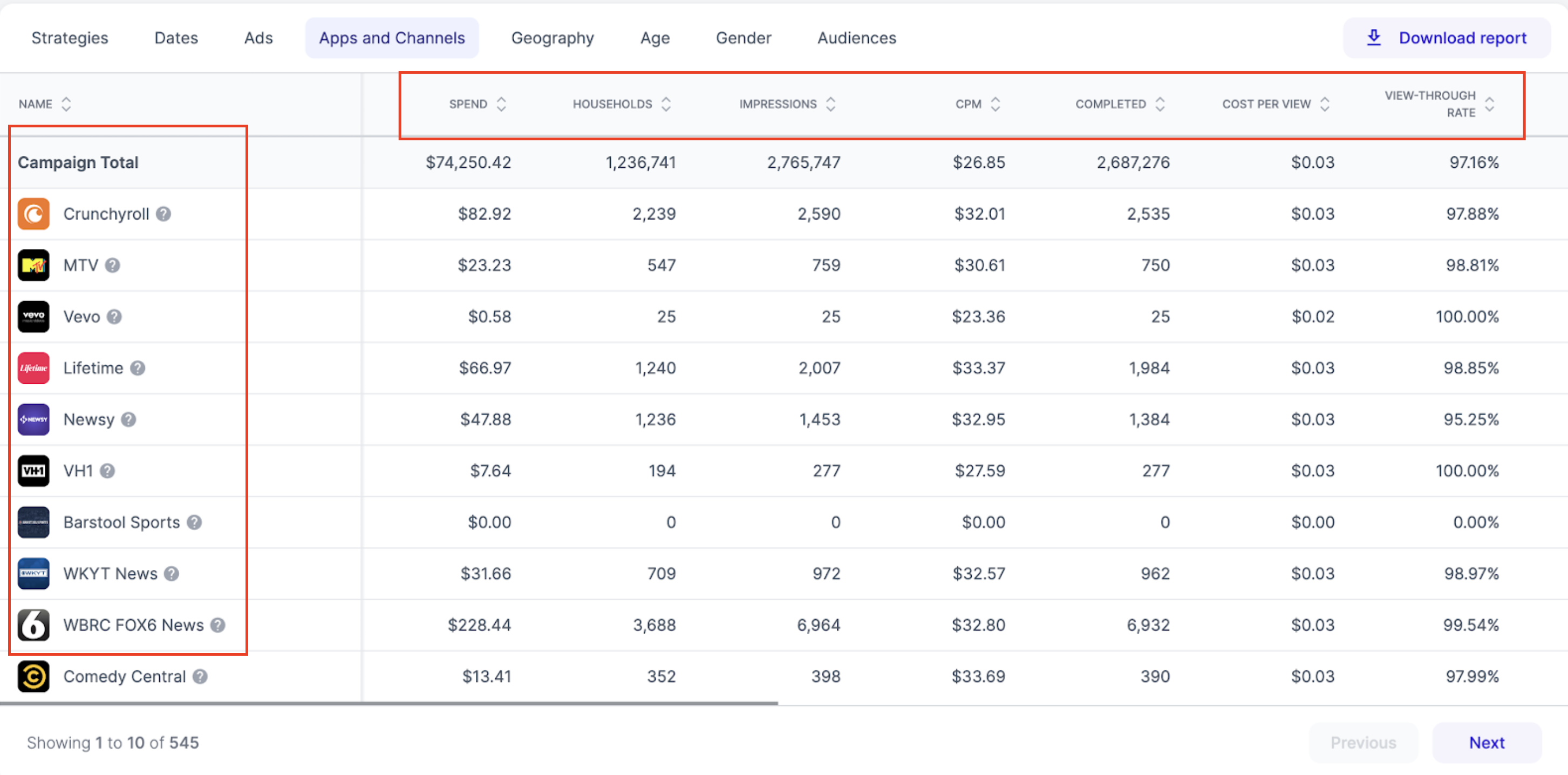
By incorporating Vibe into your programmatic advertising strategy, you’re equipped with the tools to create highly effective, data-driven campaigns that engage the right audience and drive measurable success.
Conclusion
After exploring these 11 examples, you’ve probably noticed a recurring theme: programmatic advertising can immensely increase your brand's reach and engagement.
Whether you're new to programmatic or looking to refine your strategy, these examples offer valuable insights into what works.
You can track real-time data, perform advanced targeting, and integrate platforms; Vibe helps brands run effective campaigns that deliver results.
Ready to Elevate Your Campaigns?
Now is the perfect time to apply these lessons and let Vibe improve your programmatic advertising.
But why stop here?
Vibe can transform your approach by optimizing targeting, tracking performance, and helping you achieve better ROI.
Happy Advertising!


